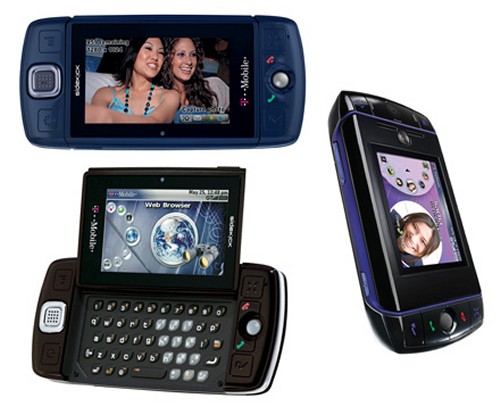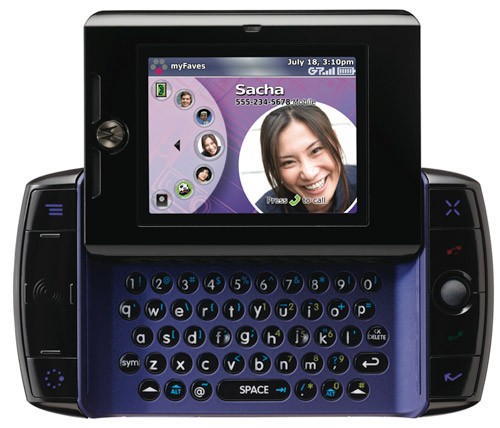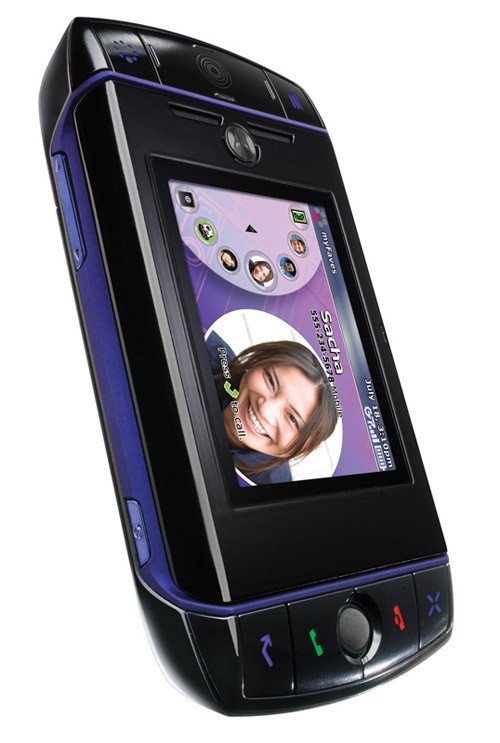 A new exhibition has opened at London’s Heathrow airport this week, showcasing photographer Henry Reichhold’s latest work. Running in Terminal 5’s Expo area until May 2010, the exhibition features large panoramic photographs of two of the worlds most famous cities; Dubai and Mumbai. As interesting as all this is, at this point you may be wondering what exactly this is doing on the pages of a mobile phone blog. Well, rather than opting for a dedicated digital camera, Henry instead decided that a Camera Phone would be more than up to the job. The Phone in question? Well, that’ll be Nokia’s 8.0 Megapixel N86.
A new exhibition has opened at London’s Heathrow airport this week, showcasing photographer Henry Reichhold’s latest work. Running in Terminal 5’s Expo area until May 2010, the exhibition features large panoramic photographs of two of the worlds most famous cities; Dubai and Mumbai. As interesting as all this is, at this point you may be wondering what exactly this is doing on the pages of a mobile phone blog. Well, rather than opting for a dedicated digital camera, Henry instead decided that a Camera Phone would be more than up to the job. The Phone in question? Well, that’ll be Nokia’s 8.0 Megapixel N86.
That’s right, eschewing large cameras and lenses for a completely standard N86, the installation boasts over 90 images taken with Nokia's flagship camera phone. Taken over the course of eight days in November 2009, the images were created by stitching several separate shots together contrasting the slums ob Mumbai with the fabulous wealth of Dubai.
Speaking about the exhibition, Henry commented “The Nokia N86 Explore exhibition visually maps the polar opposites of two of the world’s most extreme urban dwellings: Dubai is a showcase of extraordinary wealth, development and architecture, whilst Mumbai is an extraordinarily vibrant city driven by the resilience and incredible good nature of its people who live for the most part in poverty. It also goes to show the potential and range of new multimedia communication devices which are able to capture the world in a way never previously thought possible.”
Mark Murphy, operations director at Terminal 5 said, “We’re delighted to welcome Henry Reichhold back to Expo at Heathrow Terminal 5. His photographs not only add a dynamic visual presence to the airport but also challenge preconceptions of what can be achieved with a mobile. It’s very inspiring and certainly encourages us all to celebrate technology and create our very own mobile artworks.”
So, enough chit chat, i’m off to grab an 8.0 Megapixel camera phone and a one-way ticket to the far reaches of the globe. And if you can’t wait for my exhibition, be sure to check out Henry Reichhold’s at Heathrow’s Terminal 5 Expo Area before May 2010.
E4 sends up the iPad in TV advert!
Poor old Apple despite being ubiquitous with cutting edge technology, it seems people are queuing up to have a dig at Job’s and Co. It’s not only their products that seem to be the butt of many a joke, but also their marketing and advertising that people seem to find perfect parody fodder. Cast your minds back to December and you’ll remember the Sun newspaper's comical send up of the iPhone adverts. And now, it’s the turn of Channel 4’s comedy off-shoot E4, who have decided to playfully poke fun at the upcoming Apple iPad. We won’t spoil it for you, check out the video below to see for yourself (and check out the Original iPad video to see just how well it has been parodied). Well, they say imitation is a form of flattery so i guess Apple should be flattered by the raft of send ups that have surfaced in recent months. I wouldn’t bet on it though…







 After quite a long time of speculation and rumored pictures, T-Mobile and Danger have unveiled both the Sidekick LX and the Sidekick Slide. The two new mobile communication gadgets are both pretty cool but might each be targeted to a slightly different set of people.
After quite a long time of speculation and rumored pictures, T-Mobile and Danger have unveiled both the Sidekick LX and the Sidekick Slide. The two new mobile communication gadgets are both pretty cool but might each be targeted to a slightly different set of people. 








